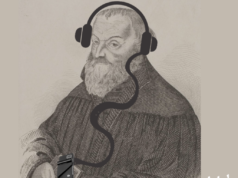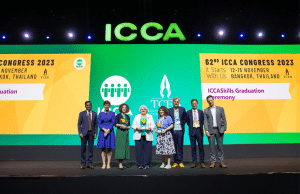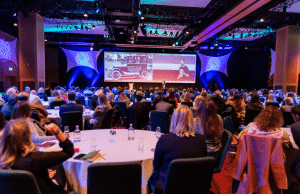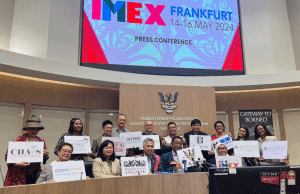Through social media we address a specific person rather than a group
Today we can’t even imagine how some ten years ago we lived a perfectly normal life without a cell phone. And without constant (online) contact to all our friends and acquaintances. Not so long ago we received web content in a totally different way. We looked up and received information, rarely created them. The world of information was built by “others”; an average user of the web was only on the receiving end. Today the situation is absolutely different. These changes define our way of life and the only thing we have left is to accept them and use them to our advantage.
The occurrence of social media doesn’t represent crucial changes in means or content of communication; it merely establishes new channels of communication. Most conversations moved from closed environments to the web, where they are visible to (almost) all.
Research demonstrates people increasingly use the internet as a source of information on specific destinations. Fact is we also trust the assessments and references of other people, rather than advertisements. For example, for a person looking up information on a certain destination, social media is definitely the best source. Photos, videos and first hand advice from other users, available through different social media channels provide quick, and more importantly, up-to-date information on any location around the world – in a genuine and emotionally intensive way.
This is also true if we consider the story from another perspective – as the creator of information. We also want to share our experience with a destination. From the narrow circle of our friends the spectre of people we share information with spread not only to our friends and acquaintances, yet also to friends of friends and acquaintances of acquaintances. Of course, we don’t share everything with others – we only share information which stirs up certain emotion. As a brand we can use all of this to our advantage. If the visitors of our destination find it thrilling and want to share their experience, we get brand ambassadors, who promote us in the best way possible.
Social media positively impacts the communication between the brand and its users, since the former monologue is turning into a constant dialogue between user and brand. The users no longer listen to the brand; they want to communicate with it as friends. Social media represents an ideal platform to bring this idea to life, as Iceland recently discovered. The promotion campaign “Iceland wants to be your friend”, which speaks directly to the users, impressed both critics and the public. With a fun approach based on social media communication they personified the brand, in this case the country, gave it a sense of humour and set a path they are consistently following. The users established a friendly relationship with the persona – which was the aim of the campaign.
A direct chat with the users also provides access to priceless feedback, which enables us the insight into the consumer and a chance to improve our product. Maybe a user comment will serve as an inspiration for a locally aimed mobile application, such as a virtual guide to the city’s graffiti.
Through social media we address a specific person rather than a group, while the success of our efforts can be much broader than just the individual we have contacted. If we succeed in winning over a person of influence with our offer, we ensure priceless content available online forever. We can be the suppliers of this content ourselves, which paid off for Valencia, which invited a number of bloggers and relevant web users and thereby created a number of city ambassadors. We can invite local people to participate and create a reliable online resource, such as the portal Spotted by locals.
If we were sceptical at first, good practice examples demonstrated social media is extremely useful, yet it is essential we choose the right channels among the numerous options. Location services, where a user checks in at a specific location and receives relevant information are just right four tourist services. Of course the choice of channels used to communicate with users depends on our focus group.
The best examples of social media marketing of destinations or in other areas have a few elements in common. Personal approach proves we’re not just another dull institution, but a brand with personality. Quick response demonstrates the brand understands trends and follows its consumers. Honesty, showing the brand wants a genuine relationship with the consumer. And a touch of inspiration, which sets the brand apart from others swimming in this lively sea of social media.
Anja Renko













